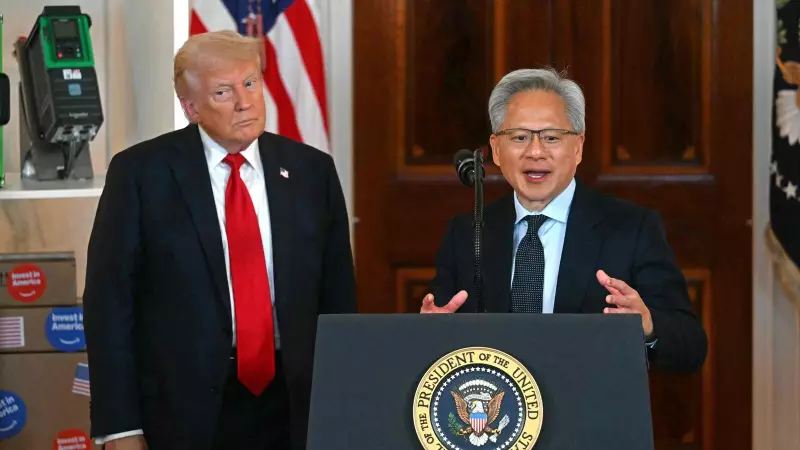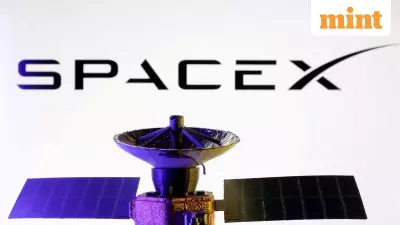
In a significant escalation of the technological cold war, former Trump administration officials have actively blocked Nvidia's attempts to export cutting-edge artificial intelligence chips to China, according to recent reports.
The Semiconductor Showdown
The confrontation represents a major turning point in the ongoing tech rivalry between the United States and China. Nvidia, the California-based chipmaking giant, found its export ambitions systematically dismantled by US officials concerned about national security implications.
Behind the Closed Doors
Sources reveal that Trump-era authorities torpedoed multiple attempts by Nvidia to ship its advanced AI processors to Chinese customers. The company had been seeking necessary approvals to continue its lucrative business with Chinese tech firms, but faced consistent opposition from Washington.
National Security Concerns
The US government's primary concern centers around the potential military applications of these high-performance AI chips. American officials worry that Chinese access to such technology could enhance China's military capabilities and artificial intelligence development, potentially threatening US technological supremacy.
Impact on Global Tech Industry
This development signals a new phase in the semiconductor trade war that has been brewing between the world's two largest economies. The restrictions could have far-reaching consequences for:
- Global supply chains in the technology sector
- Chinese tech companies reliant on advanced AI processors
- Nvidia's revenue streams from one of its largest markets
- Future innovation in artificial intelligence development
The Bigger Picture
This isn't the first time Nvidia has faced export restrictions to China. The company had previously developed modified versions of its chips to comply with earlier US regulations, but even these compromise solutions appear to have met with resistance from American authorities.
The ongoing tech confrontation highlights the deepening divide in global technology standards and the increasing fragmentation of the semiconductor industry along geopolitical lines.





